Take it a week at a time
Many people are daunted by the idea of Whole30, a plan that requires you to severely restrict your diet for 30 days. There’s no sugar, legumes, dairy, bread, grains, or alcohol (a tough ask for me). You have to be mentally ready to make sacrifices. I told myself to start with seven days—just seven—to see how I felt. And that’s the advice I now give to people when they begin Whole30: Be in it 100 percent for seven full days. If you don’t see a difference or feel a difference, by all means, stop. I have coached six people and counting through this program now. None of them have stopped after seven days. Before you start, though, you should know the pros and cons of Whole30.
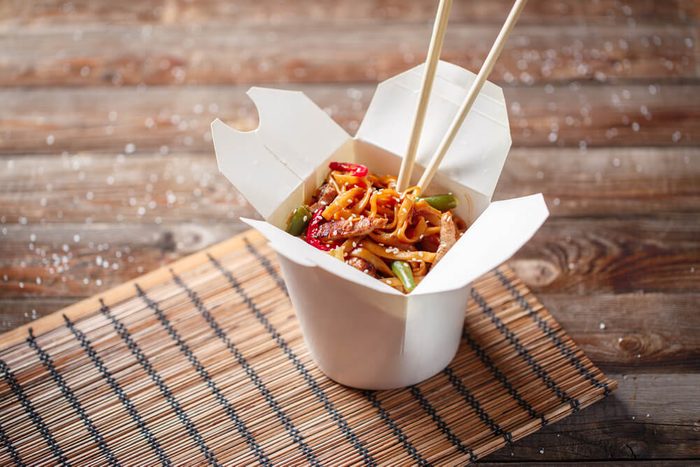
Wade in slowly
While it may be tempting to eat all of the soon-to-be-restricted foods in your house before you start Whole30, it’s not wise. I was away on a business trip and didn’t have a lot of time to gorge on soon-to-be forbidden foods in the days leading up to my intended start date. When I got home, I only ate the leftover Chinese in my fridge and passed on all of the ice cream I had in my freezer, not to mention the snack food I had lying around. As it turns out, that was a good thing.
The best approach is to eat normally in the days leading up to the kickoff. I have had friends that did not heed that advice and they had a much harder time adjusting to the plan and dealing with sugar withdrawal, among other things.
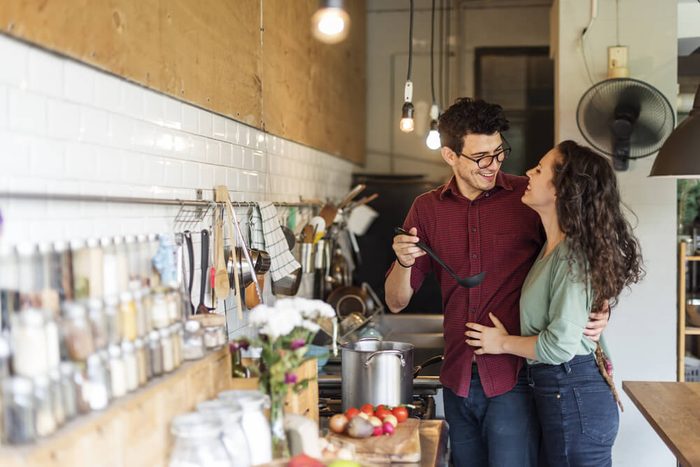
Find a support system
Another way to make sure you’re as successful on your diet as you can be is to be vocal about what you’re doing and also to get yourself a support system. My boyfriend was on board. His birthday fell towards the end of Whole30 on day 21. I was planning to celebrate with him and then add an extra day to the end. He said, “I don’t want you to ruin your 30 days for me. We’ll celebrate after.” Those words meant everything to me. It showed me that he was in it for me as hard as I was in it for myself.
Two of my best friends were also dieting with me. They were a huge support for me—especially when I almost grabbed an ice cream cone from a girl I was running by on the boardwalk. My craving was just that bad. But they talked me off the ledge every single time I wanted to jump.
If you don’t have support in real life, there are a few places you can look to get some. There are several Whole30 based Instagram accounts: @Whole30 and @Whole30recipes are two of my favorites. On Facebook, the Whole30 Support Group is chock-full of tips and tricks for anyone taking the Whole30 journey.
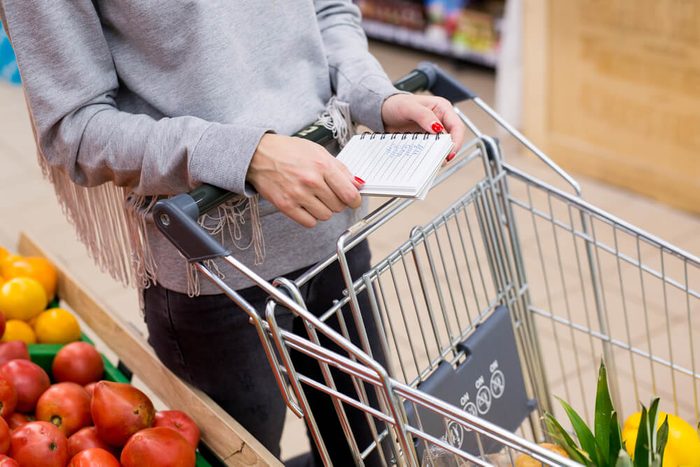
Familiarize yourself with the compliant foods
If you can’t commit these to memory (and who can?), do what I did and download a copy of the approved foods list for Whole30. I made sure to check it when I was shopping or dining out. This way, I knew what to eliminate from my meals or what I could put in my salad at Whole Foods without making a mistake. And when you eat out, don’t be afraid to ask for modifications to help you stick to the Whole30 rules. I did and still do. Many restaurants are happy to make accommodations.
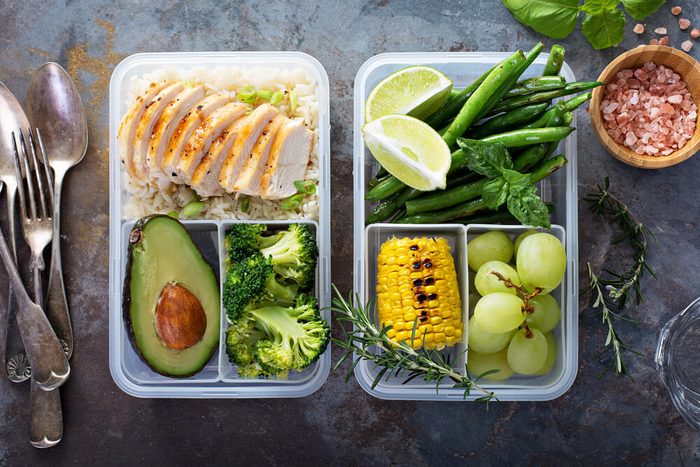
Embrace meal prepping
To be successful on Whole30, meal prepping is crucial—both with meals and with your schedule. There is no way to get around it. I started out taking a look at my weekly schedule to see when I would be out versus when I would be eating at home. This helped me gauge when I could cook and when I needed to cook extra for leftovers (which I would often take for lunch, too).
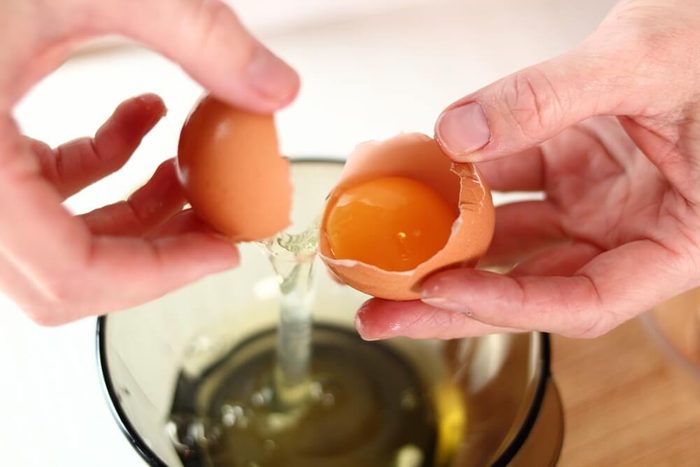
Stock up on your go-to foods
In addition to prepping, knowing what your “hero” foods are—those that you can grab and go, prepare quickly, or that can stave off cravings—can be crucial to sticking to the diet. These include Whole30 snacks you’ll want to eat. Mine were eggs, frozen shrimp, and frozen blueberries. I kept the eggs and shrimp in the house for nights that I didn’t want to cook or was too tired to throw an entire meal together—what’s easier than frying some eggs or throwing some frozen shrimp in a pan with oil and garlic? The blueberries, though, I kept for when the ice cream cravings hit. (Ice cream has always been my weak spot.) The combination of the sweetness and the cold did the trick most nights and I was able to get through the “sugar dragon” that was calling my name. Learning what yours are will save you on those times when you’re in a hurry or feeling tempted.
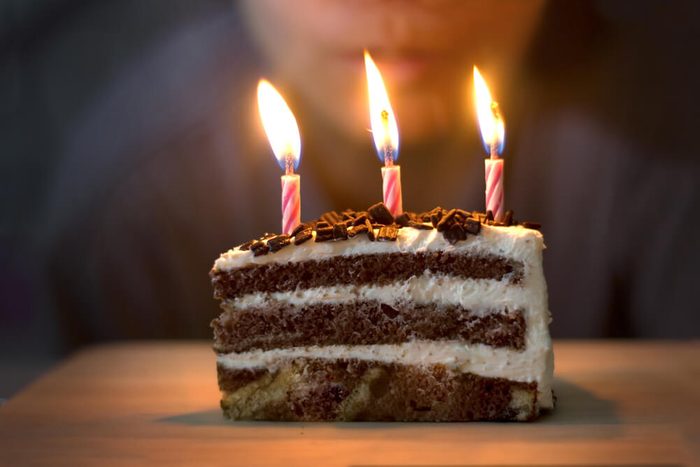
Find your balance
One of the struggles when you go “off” of a diet is having to figure out balance without regaining all of the weight you lost. I didn’t need to figure that out after this, because it forced me to think differently about what I was putting in my body. After finishing my first round of Whole30, something incredible happened: I continued to lose weight. I was perplexed by this at first because—after years of trying to lose weight and keep it off unsuccessfully—this was the first time I continued to lose, even after I was officially done. I’m not going to lie—there were doughnuts, cupcakes, and even a fried chicken sandwich to be had after my 30 days was up—I had vacations and celebratory events lining my calendar—but I balanced those out with healthy eating. I’m not worried about a “bad” eating day anymore. If I eat “badly” on the days when it’s necessary (a work dinner, for example) or warranted (say, a friend’s birthday party), the next day, I’m right back to how I should eat. And that’s okay.
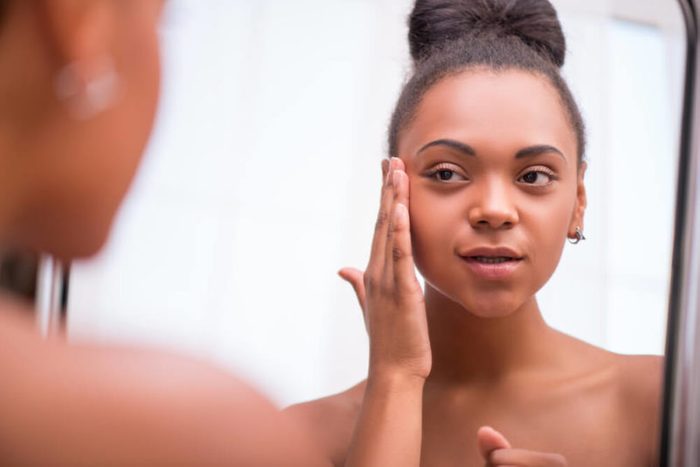
Benefits that go beyond weight loss
While Whole30 has been a success story for my waistline, it has also been a success story for other aspects of my life. First, it changed my skin dramatically. I grew up with cystic acne in my late teens and early 20s. My skin is red and blotchy and has never been perfect. However, three weeks into Whole30, my mother looked across the dinner table at me and said, “Em, your skin is so clear. You look like you took ten years off your life.” She was right. The intake of all the healthy foods and the elimination of everything processed and bad for my system made my skin glow. It made my nails hard and a stunning shade of pink. My eyes were brighter.
Secondly, it changed my mental state. Being able to have such willpower for 30 days made me realize that I am stronger physically, mentally, and emotionally than I thought I was. After the first round, I did two more, and they were much easier than the first. I’m down 36 pounds, and while I’m not currently on a cycle, I still follow Whole30 more than 90 percent of the time. I have been pushing myself harder in my workouts because I know I’m can. Whole30 isn’t a diet for me anymore. It’s a way of life. Read on for more stories of people who lost weight—and kept it off—with the Whole30 program.
